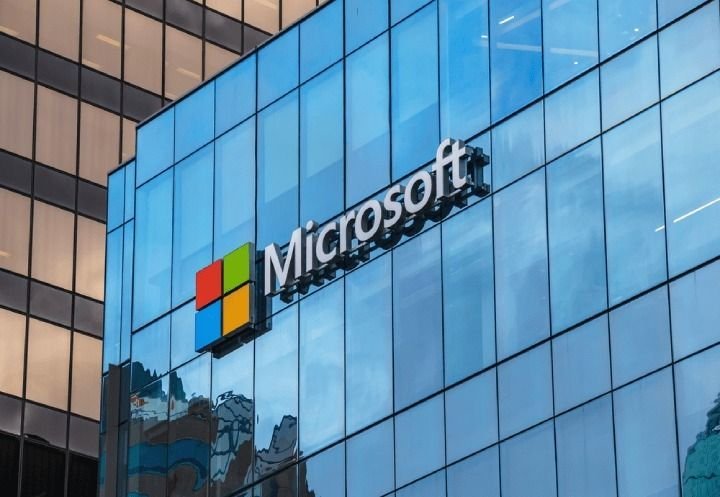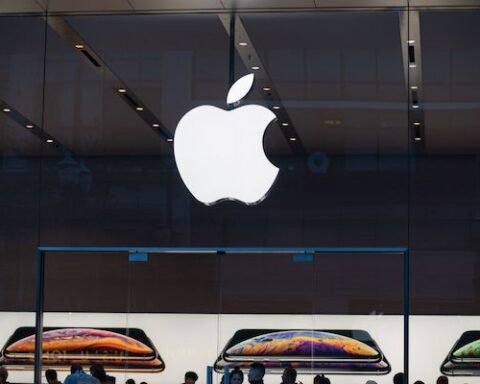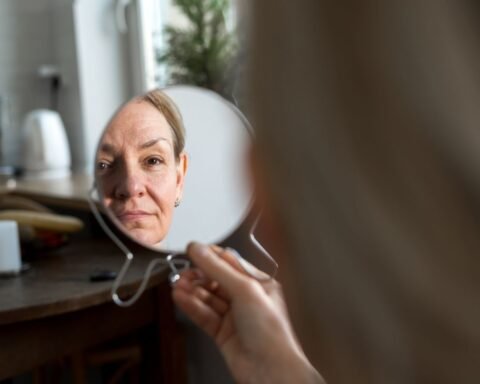Microsoft has taken a bold step into the next phase of artificial intelligence innovation with the introduction of MAI-Image-1, its first-ever in-house AI image generator. The announcement marks a major milestone in Microsoft’s AI journey, positioning the company as a direct competitor to tools like OpenAI’s DALL-E, Midjourney, and Stability AI’s Stable Diffusion. With MAI-Image-1, Microsoft aims to empower creators, designers, and enterprises with a faster, safer, and more customizable solution for generating high-quality images through simple text prompts.
Unlike earlier third-party integrations, MAI-Image-1 is developed entirely by Microsoft’s internal AI research team, ensuring tighter control over training data, ethical standards, and creative outputs. The model promises to produce more realistic, detailed, and context-aware images, addressing some of the biggest challenges creators face with generative tools — from distorted anatomy to inconsistent lighting and style mismatches. Microsoft has integrated MAI-Image-1 seamlessly into its ecosystem, making it accessible through Copilot, Microsoft Designer, and Bing Image Creator, allowing millions of users to experience professional-grade AI artistry directly from everyday applications.
One of the standout features of MAI-Image-1 is its enhanced visual accuracy. The model can generate images that align more precisely with descriptive text, understanding complex scene compositions and emotions. For example, a prompt like “a rainy evening in Tokyo with neon reflections on wet streets” produces an image that captures the atmosphere and texture with cinematic precision. Microsoft’s AI research division has trained the model using a curated mix of licensed, public domain, and proprietary datasets, emphasizing both quality and ethical sourcing.
Beyond artistic creation, MAI-Image-1 is being seen as a tool for enterprise solutions. Businesses can use it to design marketing visuals, social media content, and prototypes without relying on external design teams or stock images. Its built-in safety filters also make it suitable for corporate environments where compliance and copyright issues are critical. Microsoft’s responsible AI principles play a major role here — every generated image includes metadata for transparency, ensuring traceability and discouraging misuse or plagiarism.
For the broader creative industry, MAI-Image-1 represents the merging of speed, control, and imagination. Artists can fine-tune their results through iterative prompts, experimenting with color palettes, themes, and artistic styles. The model also offers layered editing capabilities, letting users refine certain portions of an image while preserving others — a feature that positions it ahead of many current AI art generators. This level of precision allows creators to achieve unique, personalized results that feel authentically human while leveraging the efficiency of AI.
Microsoft’s move to build its own AI image generator also signals a strategic shift. For years, the company relied on partnerships — especially with OpenAI — to integrate external generative models into its products. The creation of MAI-Image-1 demonstrates Microsoft’s growing confidence in developing proprietary AI models that can operate alongside or even compete with OpenAI’s offerings. Industry analysts believe this reflects a broader trend among tech giants seeking independence and differentiation in the fast-evolving AI landscape.
The arrival of MAI-Image-1 also raises important discussions about intellectual property and the future of digital art. While AI-generated visuals are becoming mainstream, questions about originality, licensing, and artist compensation continue to spark debate. Microsoft, however, appears to be taking a proactive stance by ensuring that users can verify whether an image was AI-generated and by collaborating with creative rights organizations to maintain fair-use practices.
As MAI-Image-1 begins rolling out globally, its integration into Microsoft’s software suite could transform how millions of users think about visual creation. From marketing professionals designing campaigns to students crafting presentations, everyone now has access to the power of generative AI directly within familiar tools. It’s not just a technological upgrade — it’s a creative revolution that redefines what’s possible with human-AI collaboration.





